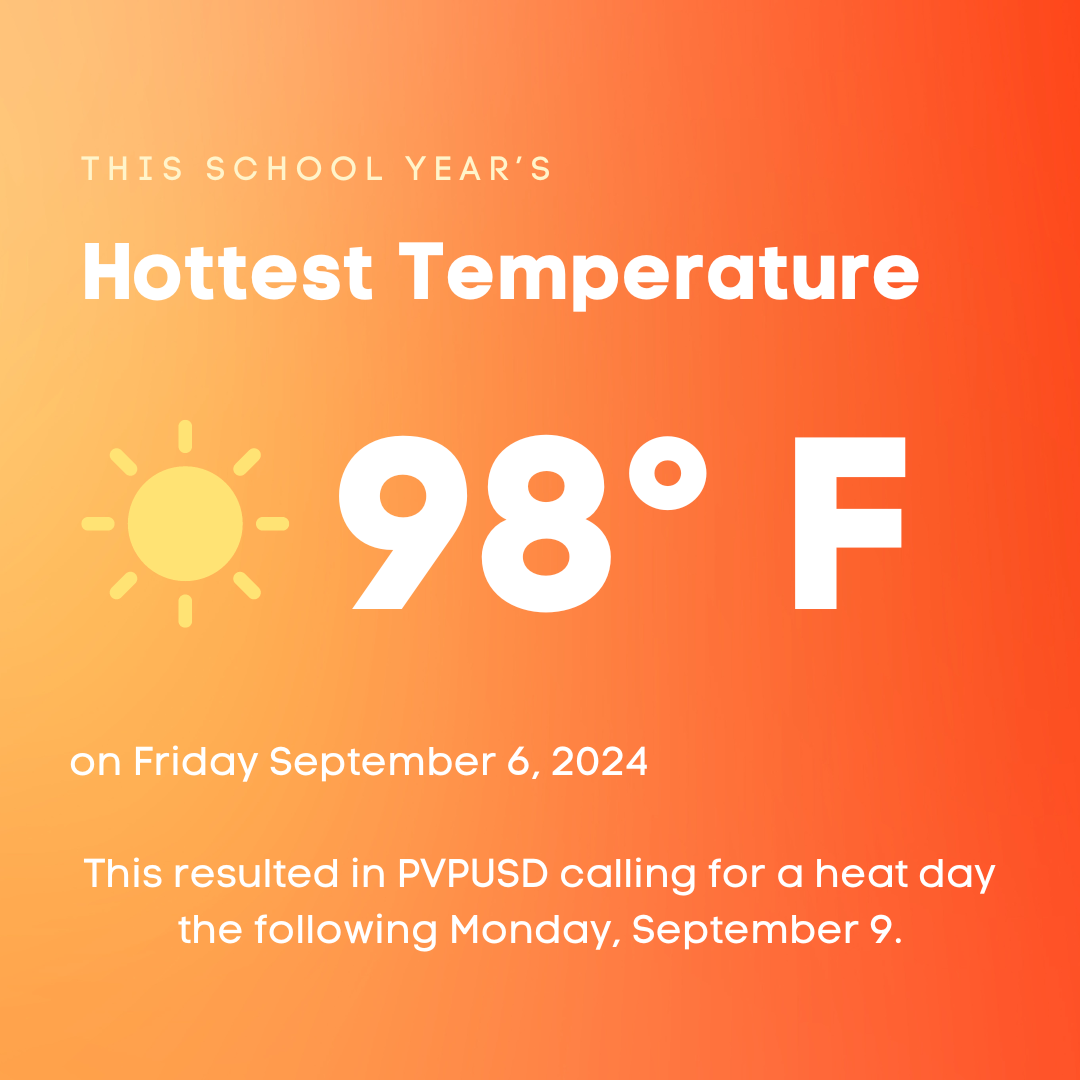Over recent years, temperatures in California have risen dramatically, creating a challenging learning environment for students and faculty members. As temperatures continue to rise, schools have adjusted their schedules by cutting down outdoor activities and shortening school days to minimize heat exposure at the start of the school year.
Physical education classes and after-school sports have also been affected, with many schools canceling outdoor activities altogether when temperatures get too high. However, some sports remain active, resulting in student athletes becoming exhausted quickly and struggling to stay energized in the hot weather.
“Playing in that heat was terrible because not only were my movements extremely sluggish, but all of my teammates ran out of water very quickly, so a lot of us were performing poorly,” sophomore flag football player Paige McCarthy said.
For students, the heat can cause significant discomfort, stress and fatigue, impairing their ability to concentrate and learn. Teachers and staff are equally impacted by the high temperatures.
Educators find it increasingly difficult to maintain an engaging and productive learning environment when the heat becomes unbearable.
Many schools have implemented heat safety protocols, such as frequent water breaks, access to shaded areas and early dismissals to protect both students and staff.
“[At] other schools, where they get higher temperatures than we do, they have standardized AC, whereas we don’t have that because normally it doesn’t get that hot here,” Athletic Director Brian Shapiro said.
“That affects what decisions the district makes when it comes to minimum days.”
As a result of the extremely hot temperatures in early September, PVPUSD administration decided to make Sept. 9 a minimum day, allowing students and teachers to spend less time in overheated classrooms to “prioritize the health and safety of students and staff,” according to an email to the community from Superintendent Dr. Devin Serrano.
For many students at PVHS, the minimum day provided an opportunity to recover from the excessive heat.
“I was excited about the minimum day because it gave me a chance to relax and catch up on the coursework that has been ramping up over the past week,” sophomore Vikraant Gianchandani said.
As heat continues to escalate, maintaining a safe and comfortable learning environment becomes more challenging, forcing schools to rethink how they operate during the hotter months of the year.
In addition to the physical effects, the psychological toll of dealing with extreme heat is rising. Both students and staff may experience anxiety and irritability, and the risk of absences due to heat-related illnesses or discomfort increases.
Schools face the ongoing challenge of balancing academic demands with the health and safety needs of their communities in this evolving climate crisis.
